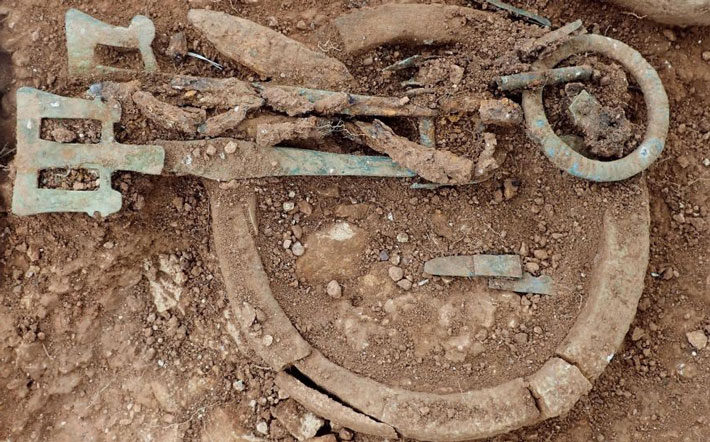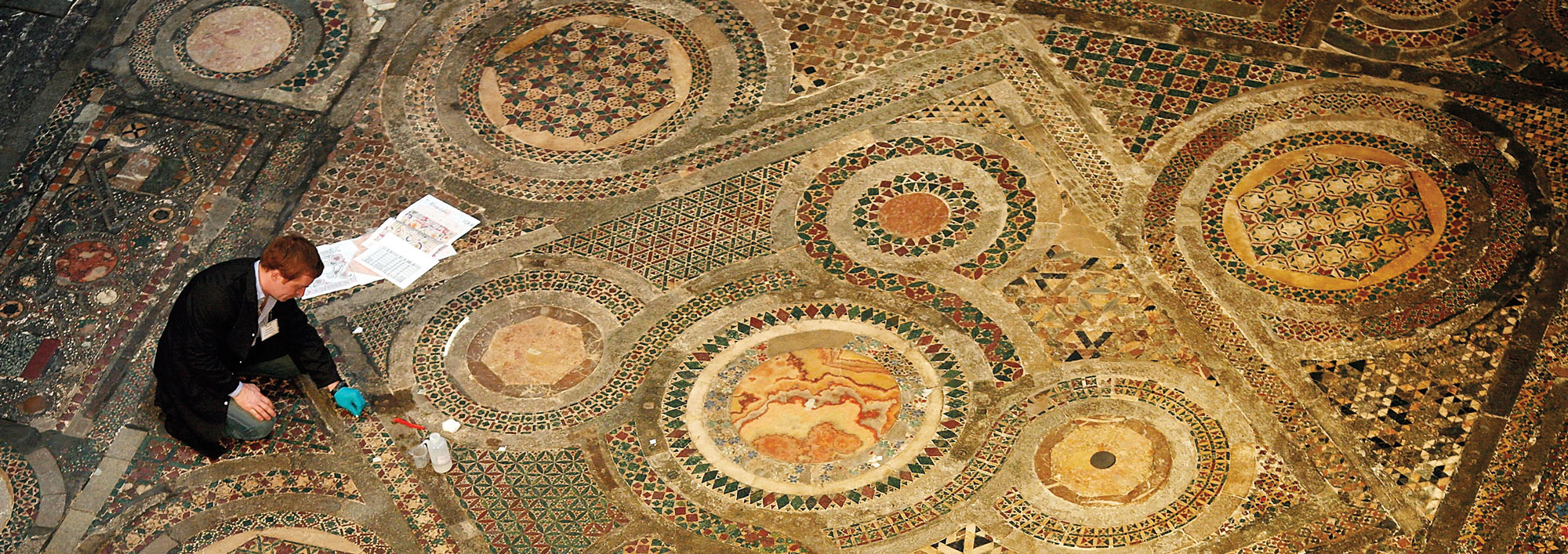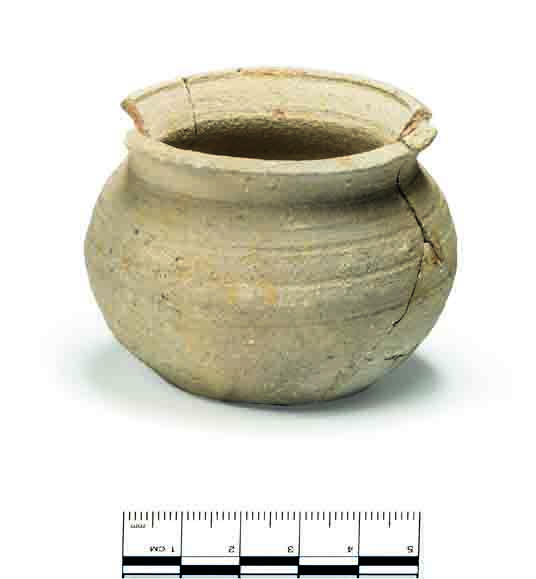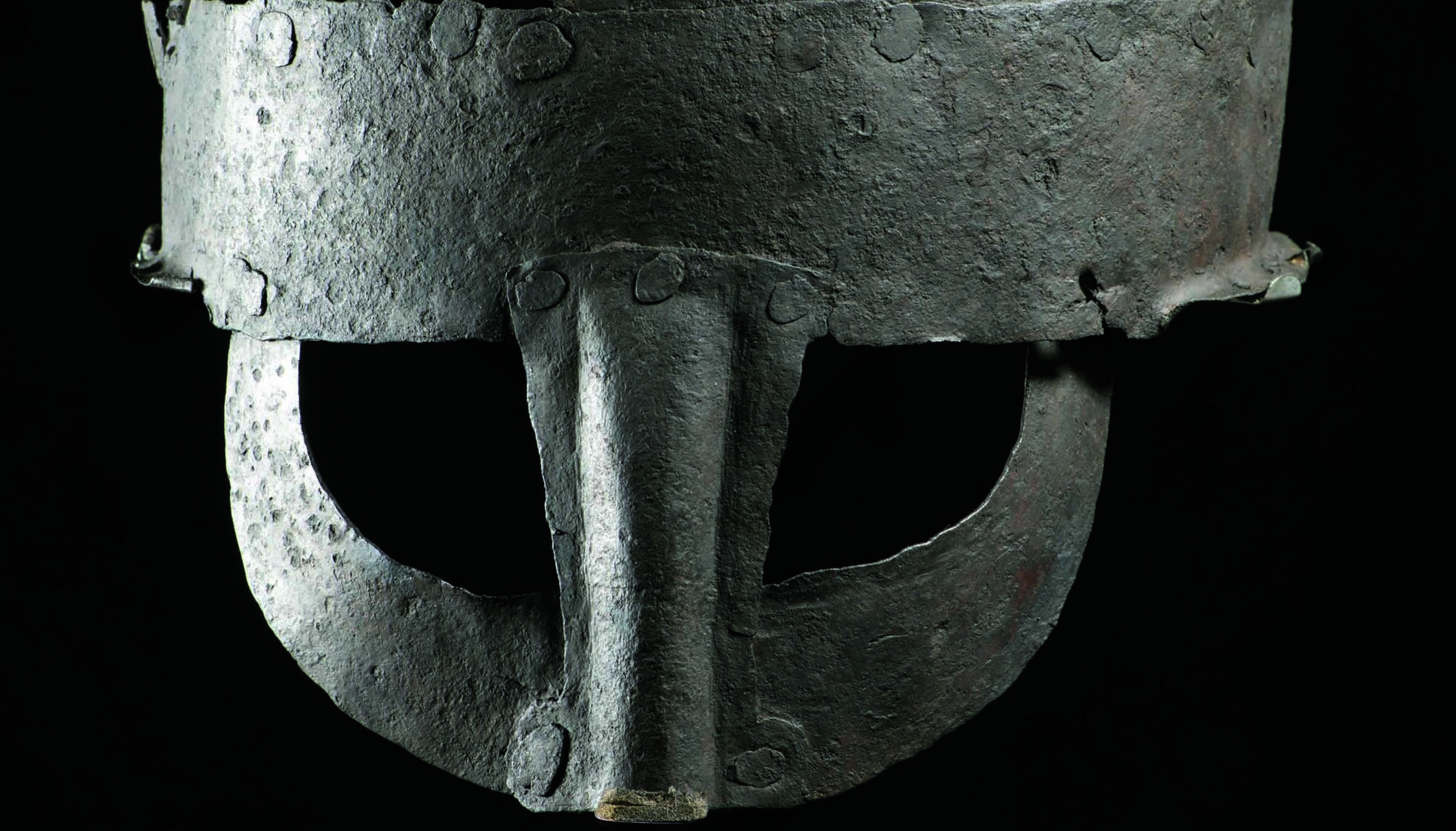
SHEFFIELD, ENGLAND—Analysis of an ivory ring recovered from the grave of a wealthy Anglo-Saxon woman indicates that it likely came from the tusk of an African elephant, according to a Live Science report. Hundreds of such rings, which measure between about four to six inches in diameter, have been found in Anglo-Saxon burials in England, and in a few other places in northwestern Europe. The rings are thought to have held bags that were tied to the waist and functioned as pockets. “We often find [the bags] contained objects, and they tend to be quite random,” said Hugh Willmott of the University of Sheffield. “Broken copper, Roman coins, things like that,” he explained. Strontium isotope analysis of this fifth-century ring suggests that the elephant grew up in an area with geologically young volcanic rocks, like the Rift Valley region of East Africa. The ring is therefore thought to have been crafted in East Africa at the ivory working center of Aksum, and then traded for some 4,000 miles until it reached England, where no ivory working centers have been found. Willmott said that ivory rings appear to have fallen out of use by about the seventh century, perhaps because the trade route had been disturbed. To read in-depth about recent discoveries at Aksum, go to "Africa's Merchant Kings."










